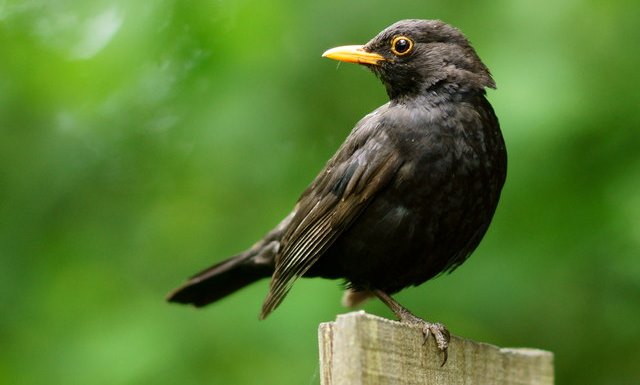Trees, hedges and nesting birds.

Do you know the law relating to nesting birds and how it affects us all when we consider working on our trees and hedges?
We often get calls at this time of year from people wanting us to prune or fell trees or to cut their hedges – did you know that we cut hedges as well as working on trees?!
However, there is a very important issue that not everyone is aware of (this includes professionals in related industries such as building, planning, horticulture etc. so don’t worry if you’ve never heard of it)
Wild birds have protection under British Law as part of The Wildlife and Countryside Act 1981.
The RSPB states that: “It is an offence under Section 1 of the Wildlife and Countryside Act of 1981 to intentionally take, damage or destroy the nest of any wild bird while it is in use or being built.”
For the purposes of this blog, the important part of this wording is ‘while it is in use or being built’. This relates to the bird nesting season which is generally understood to be between March and August. If you decide you want some treework doing or a hedge cutting and you give us a call, the first thing we’re likely to ask you at this time of year is “Have you seen any birds going in and out of the tree or hedge?”
This doesn’t mean that the work can’t be done, it simply means that a lot more care has to be taken – we have over 30 years of tree work experience, so we can put measures in place to ensure that the work is carried out without disturbing nesting birds.
Fortunately for us, one of the bosses here is very knowledgeable about birds (although his passion is for Peregrine Falcons, all birds are important in his eyes!) This means that it’s not unknown for him to park up outside a client’s house and sit with his flask and sandwiches and literally watch a tree or hedge for an hour to make sure no birds are using it as a nesting site!?
Usually, half an hour is long enough to assess the potential use of a tree or hedge – nest building is done at such a frenetic pace that if a bird hasn’t been spotted going in and out within half an hour, it’s likely that the tree or hedge isn’t being used. Equally, once the nest is in use and there’s chicks to be fed, the activity level is so high that you’ll be in no doubt that there’s an active nest in situ.
If you’re planning to call us and ask us to do some work in your garden, just spend half an hour, mid-morning onwards, watching the area to see if there’s birds using it before you call us.
Try to keep this in mind if you’re planning to cut your hedges yourself this summer – many of our native birds are struggling to survive because of all sorts of external factors: climate change having an impact on the insects they depend on for food, habitat destruction as both agricultural land and our own back gardens are changing use, fewer food crops being available as we get better at removing weed species from fields… the list goes on! Don’t add to their struggles by destroying their homes which they’ve chosen to build in your garden. Give them a bit of peace, consider feeding them some mealworms and birdseed and then sit back and smile when you see the chicks take their first flight from the nest – protected inside your hedge!

